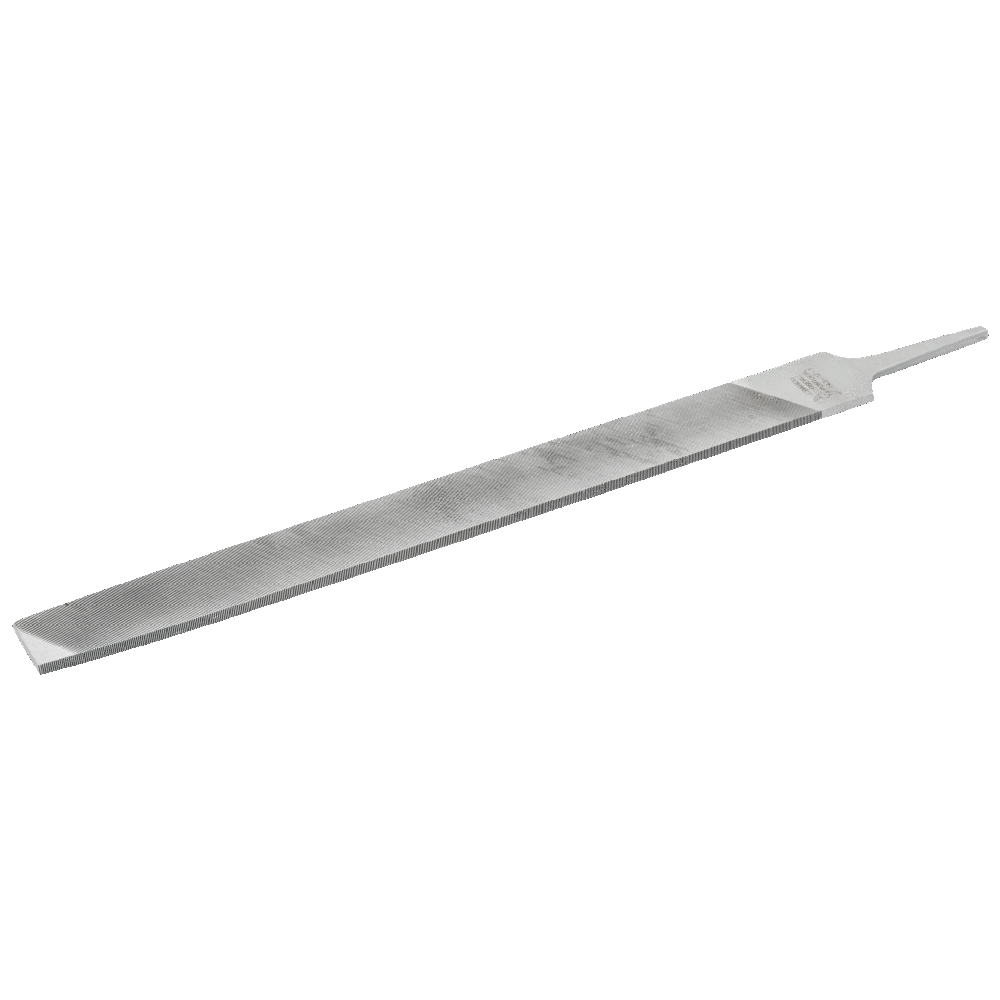Hand Tools

Common File Shapes and Their Purposes: Exploring the Options
Are you ready to take your craftsmanship to the next level? Dive into the world of files by exploring common file shapes and their purposes. Learn you options when using files.
Why a Deeper Knowledge about Files is Essential:
Files are not just tools but extensions of your craft. This guide unveils the secrets behind each file shape, empowering you to select the perfect tool for any project. Imagine completing tasks faster and with impeccable quality. With our guide, you’ll confidently wield your files, knowing you have the right tool for every job. This guide opens up a world of possibilities from wood to metal, construction to masonry. Discover how each file shape caters to specific materials and applications.
Elevate Your Craftsmanship Today:
Refrain from settling for average results when excellence is within reach. This guide is your key to unlocking precision, efficiency, and creativity in every project. Elevate your skills and let your tools become an extension of your craft. Files are versatile hand tools in various shapes, each designed for specific tasks and materials. Whether you’re working with wood, metal, plastic, or even in construction and masonry, choosing the right file shape can significantly impact the efficiency and quality of your work. This blog will dive into common file shapes and their purposes, helping you make informed decisions when selecting the perfect tool for your project.
1. Flat Files
Purpose:
Flat files, with their broad, rectangular cross-section, are ideal for general-purpose work on flat surfaces. They are commonly used for removing material quickly, smoothing edges, and leveling surfaces.
Applications:
- Shaping wood or metal surfaces.
- Removing rough edges from materials.
- Leveling joints and seams.
- Smoothing down high spots on surfaces.
2. Round Files
Purpose:
Round files are cylindrical and perfect for working on circular openings or concave surfaces. They are also useful for enlarging holes and smoothing curved edges.
Applications:
- Enlarging or smoothing holes in metal or wood.
- Working on cylindrical or concave surfaces.
- Shaping curved openings or edges.
3. Half-Round Files
Purpose:
Half-round files combine the characteristics of flat and round files, making them versatile for a range of tasks. One side is flat, and the other is rounded, allowing for both flat and curved surface work.
Applications:
- Smoothing flat surfaces.
- Shaping concave and convex curves.
- Removing material from inside curves.
4. Triangular Files
Purpose:
Triangular files have three sides, each with a different angle, making them suitable for various applications. They excel at reaching tight spaces and corners.
Applications:
- Fitting into tight angles and corners.
- Creating V-shaped grooves.
- Smoothing corners and edges.
- Engraving and detailed work.
5. Needle Files
Purpose:
Needle files are small, slender files that are perfect for intricate, delicate work. They are often used for fine detailing and precision tasks.
Applications:
- Intricate woodcarving.
- Fine metalwork and jewelry making.
- Engraving and texturing surfaces.
6. Rasp Files
Purpose:
Rasp files have a rough, textured surface with larger teeth, making them suitable for rapid material removal, especially on softer materials like wood.
Applications:
- Shaping wood quickly.
- Removing material from large surfaces.
- Creating rough textures for artistic effects.
7. Curved Files (e.g., Knife Files)
Purpose:
Curved files are designed with a curved profile, often resembling a crescent moon. They are useful for working on concave surfaces and grooves.
Applications:
- Smoothing and shaping inside curves.
- Enlarging and refining grooves.
- Fitting into concave openings.
Conclusion
Selecting the right file shape for a particular task is essential for achieving desired results efficiently and effectively. Each file shape has its unique characteristics and strengths, catering to various materials and work requirements. By understanding the purposes of different file shapes, you can confidently choose the best tool for your project, whether it involves woodworking, metalworking, construction, masonry, or any other field that demands precision and craftsmanship. Remember, your file’s shape can greatly impact your work’s quality, so choose wisely and let your tools elevate your skills to new heights.